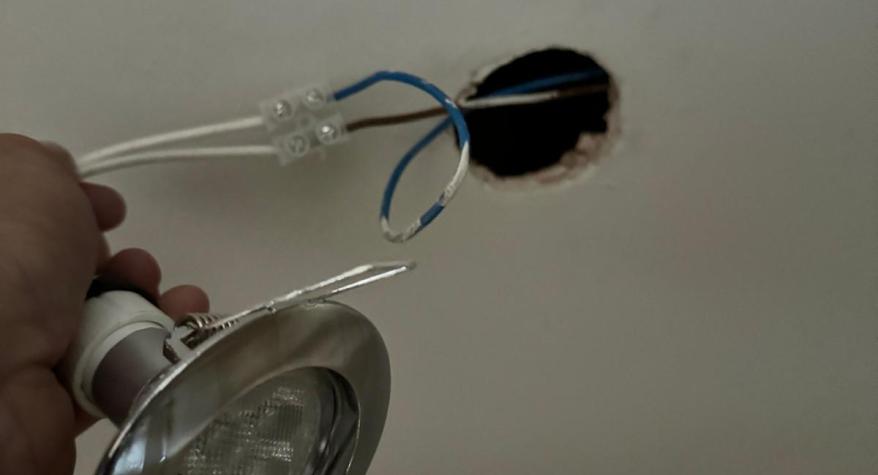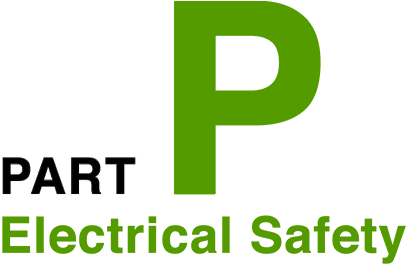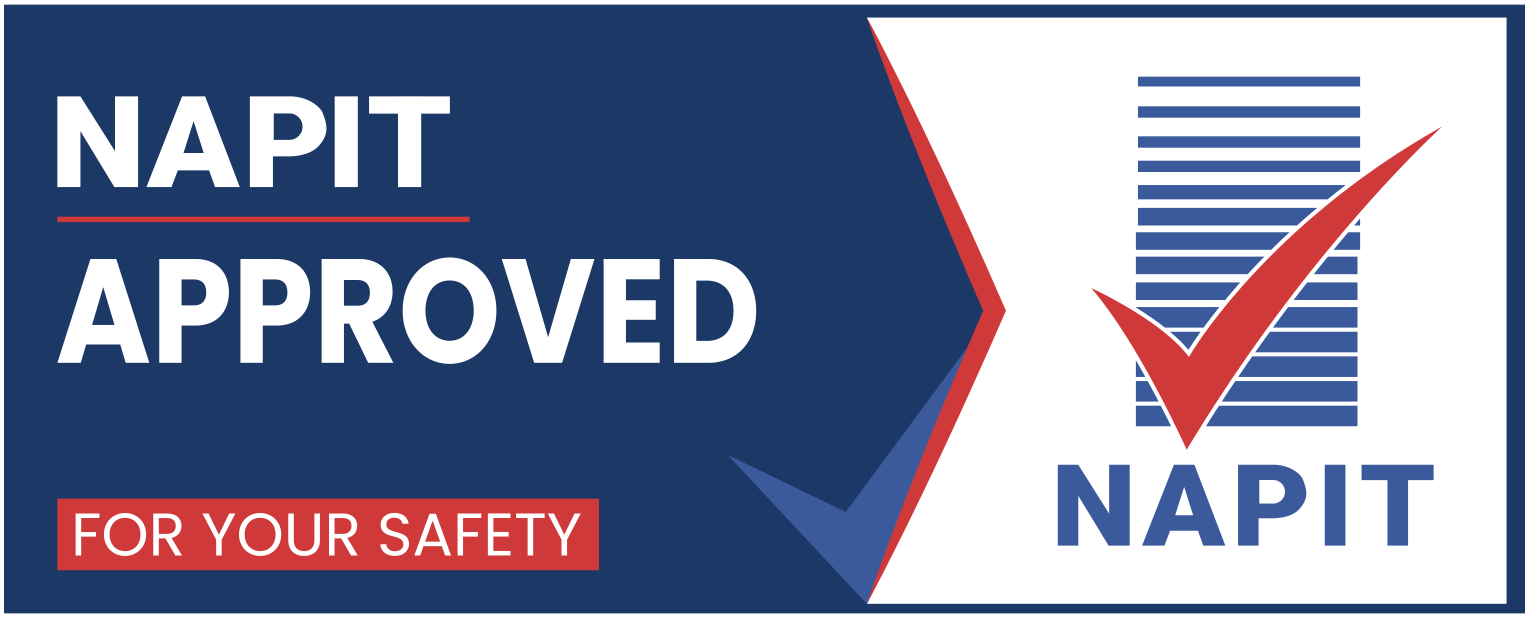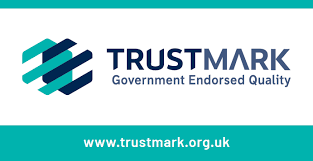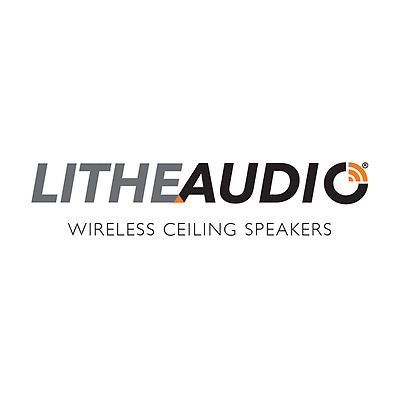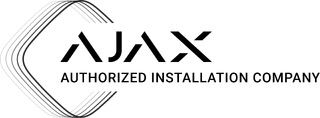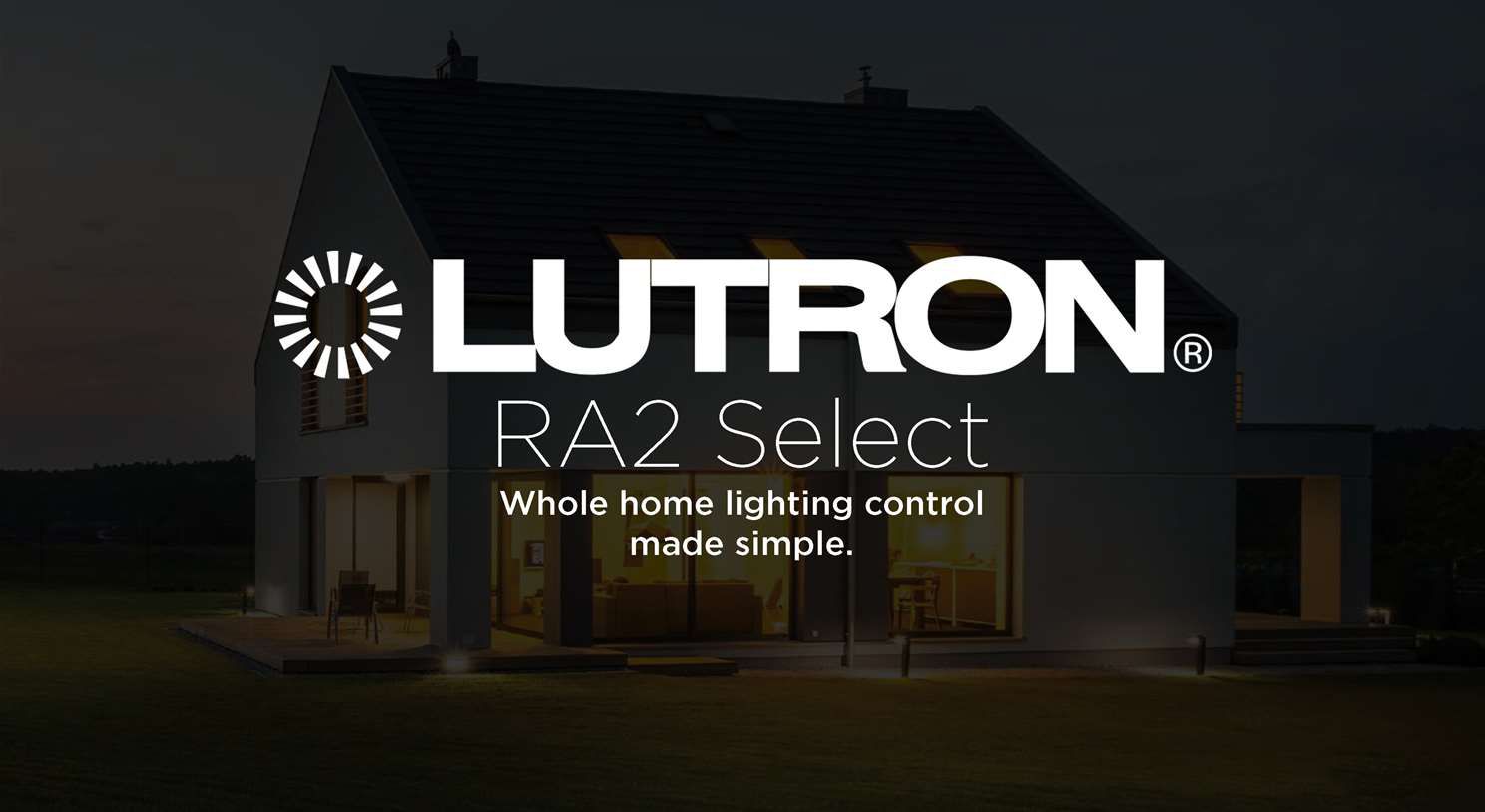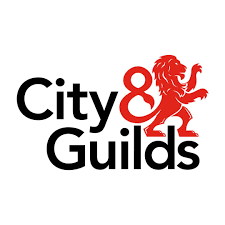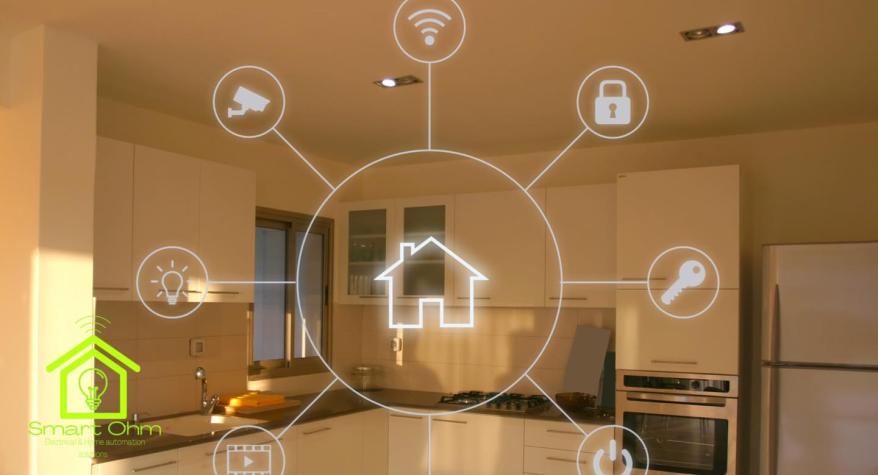When it comes to home lighting, downlights have become a popular choice for many homeowners in Armley and beyond. They provide a sleek, modern aesthetic and can be used to illuminate various spaces effectively. SmartOhm are your local electrician and we are here to tell you more about downlight installation in Armley.
Downlight Installation in Armley - SmartOhm
As with any electrical installation, there are specific regulations and requirements that must be adhered to ensure safety and compliance with the law when carrying out downlight installation in Armley and across the UK. In this blog, we’ll explore the key regulations surrounding downlight installation in the UK, particularly focusing on the use of single insulated cables, the safety concerns surrounding older downlight models, and how to check if your downlights are terminated correctly.
Downlight Installation Regulations
In the UK, electrical installations must adhere to the standards set out in the *IET Wiring Regulations (BS 7671)*. These regulations govern the safe design, installation, and maintenance of electrical systems in buildings. One of the critical aspects of these regulations pertains to the installation of downlights, particularly when it comes to using single insulated cables.
Single Insulated Cables and Enclosures
According to the IET Wiring Regulations, single insulated cables must be installed within an enclosure to ensure adequate protection against potential hazards. This means that the cables should not be left exposed in ceiling voids, as this can lead to increased risks of damage and electrical failure.
Unfortunately, many downlights installed in Armley homes do not meet these regulations. It is common to find single insulated cables without proper enclosures, which compromises both safety and compliance. This oversight can have serious consequences, including increased fire risk and potential electrical hazards.
Safety Concerns with Older Downlight Models
Another critical issue to consider is the age of your downlight fixtures. Many older models of downlights are not fire-rated or insulation-coverable. This means that they do not provide adequate protection against fire spread, especially if they are installed in areas where insulation materials are present.
The heat produced by these downlights can cause the connections to become brittle over time, leading to potential overheating issues. If the connections are not secure, this can create a dangerous situation where the risk of fire significantly increases. The combination of inadequate heat dissipation and the lack of fire-rated materials makes older downlight models a safety concern that should not be overlooked.

Why Compliance Matters with Downlight Installation
Adhering to these regulations is not just about meeting legal requirements; it’s about ensuring the safety of your Armley home and its occupants. Non-compliance can lead to issues such as:
- Increased Fire Risk: Exposed cables are more susceptible to damage from heat and can ignite surrounding materials. The use of non-fire-rated downlights escalates this risk.
- Electrical Failures: Without proper protection, cables can become damaged over time, leading to short circuits and other electrical problems.
- Insurance Implications: If an incident occurs due to non-compliance, it may affect your home insurance claim.

How to Check Your Downlights Are Terminated Correctly
It’s crucial to ensure that your downlights are installed and terminated correctly to comply with regulations. Here are some steps you can take to check the installation:
- Visual Inspection: Start by examining the downlights and the surrounding area. Look for any exposed cables or signs of damage. Ensure that the cables are not pinched or crimped in any way.
- Check for Enclosures: Verify that any single insulated cables are housed within an appropriate enclosure. This could be a junction box or other protective housing that meets the regulatory requirements.
- Terminations at Downlights: Open the downlight fixture and check the connections. Ensure that the wires are securely connected to the terminals and that there is no risk of loose connections, which can lead to arcing and electrical failure.
- Assess the Fire Rating: Check whether your downlights are fire-rated and if they are suitable for use with insulation. If they are older models, consider replacing them with newer, compliant fixtures.
- Consult a Professional: If you are unsure about the installation or the state of your downlights, it’s best to consult a qualified electrician. They can provide a thorough inspection and ensure that everything is compliant with the latest regulations.
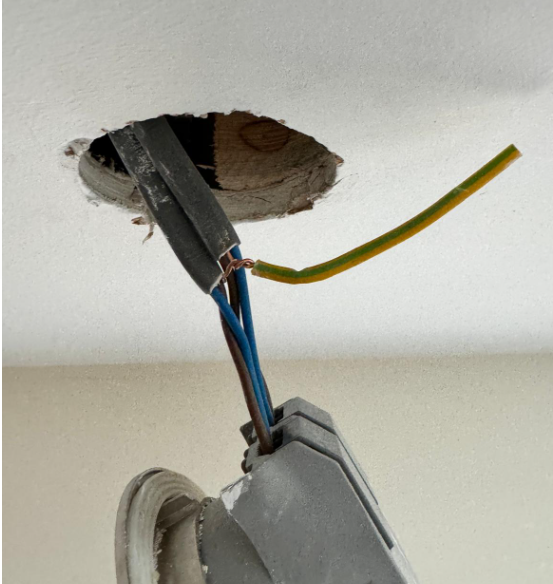
Electrician for Downlight Installation in Armley
Downlights are a stylish and functional lighting option for any home, but it is essential to ensure that they are installed in accordance with UK regulations. The requirement for single insulated cables to be installed within an enclosure is a critical safety measure that should not be overlooked. Additionally, the potential hazards associated with older, non-fire-rated downlights cannot be ignored.
If you have concerns about the compliance of your downlights or if you suspect that they may not meet safety standards, don’t hesitate to reach out for expert assistance. Call SmartOhm at 0113 4360017 or fill out our contact form for a professional assessment and guidance.
Stay safe, stay compliant, and enjoy the beautiful lighting that down

